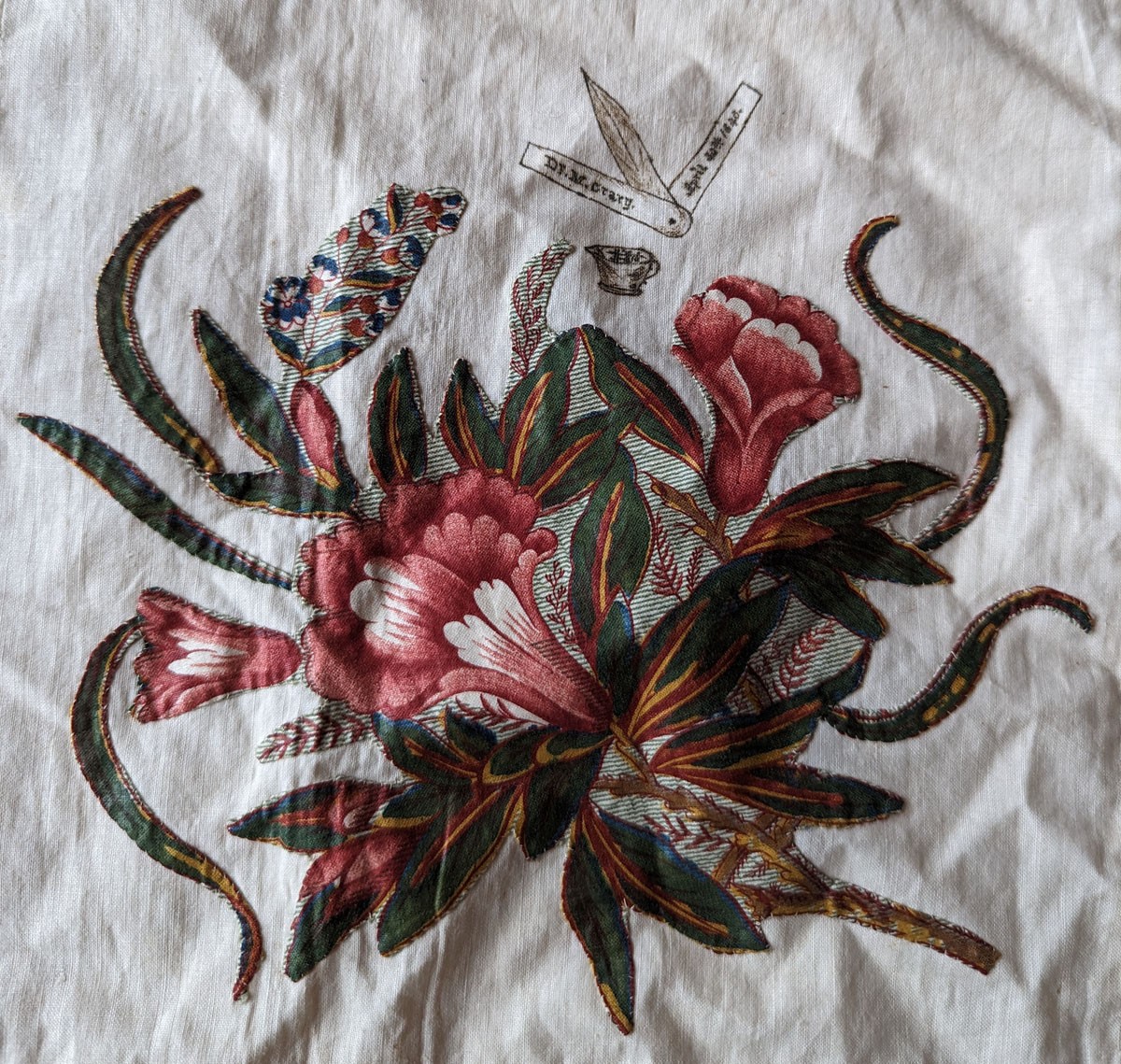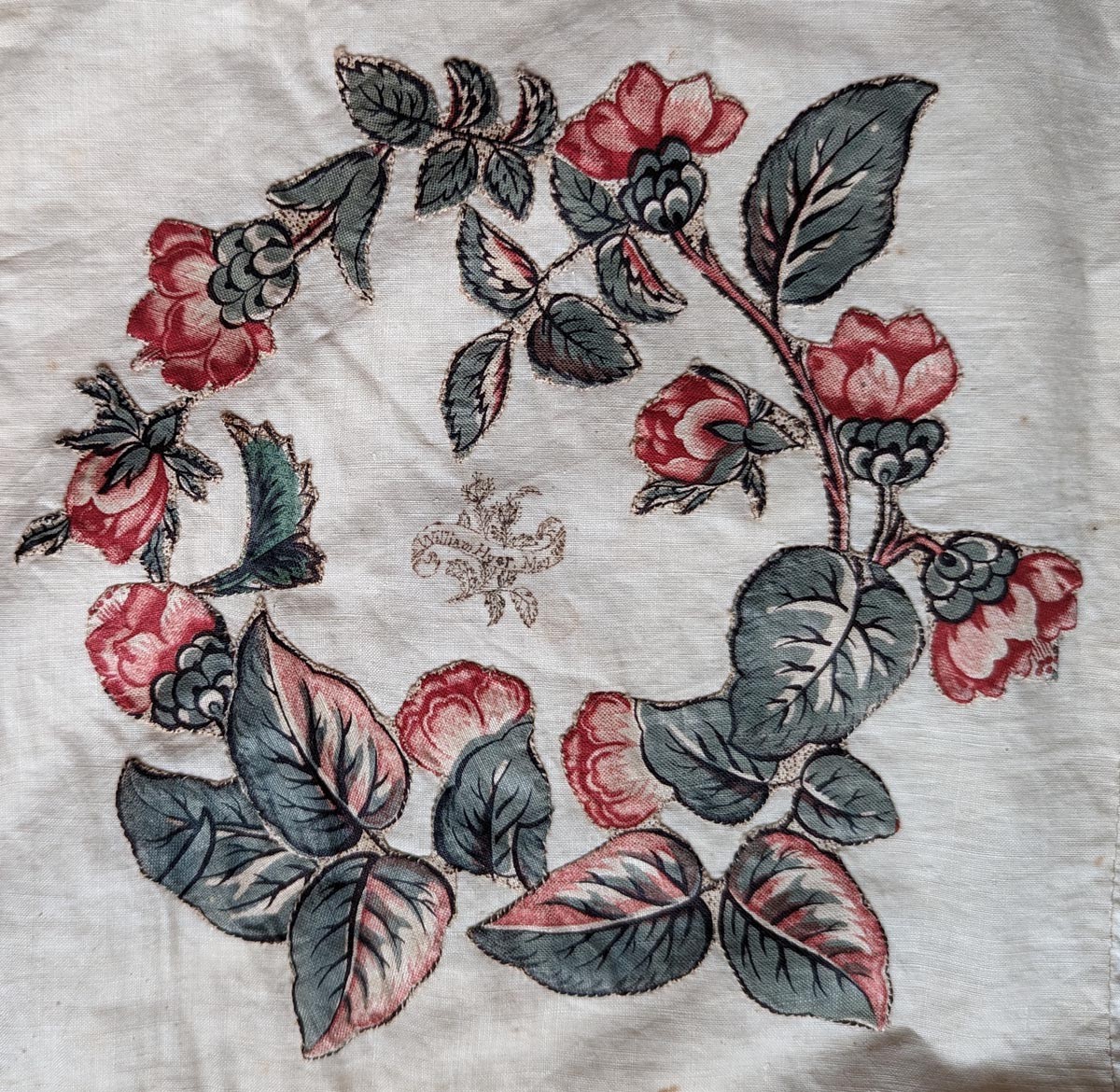
Blackburn greys was a fabric of linen weft and cotton warp that was made in the Blackburn area of Lancashire, England and primarily made in the area by weavers at home. About 1750 Robert Peel living on Hole House Farm, near Blackburn invented a wooden roller system (wooden cylinder carved in relief) which was later known as a mule machine to print on fabric. Robert Peel would give up farming to focus on calico printing. Later one of his sons would introduce the engraved copper cylinder to their firm Peel & Co. Sadly, in December 1791 their cotton works made the newspaper for a large fire. The company then called Peel, Aintworth, and Co. would recover, but needed additional capital. William Yates would provide the capital and thus the company would become known as Peel, Yates,...





